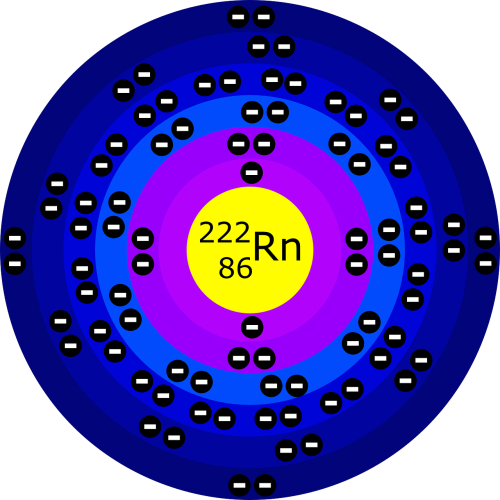In the vast realm of home safety concerns, one invisible, odorless, and tasteless threat often goes overlooked: radon. This naturally occurring radioactive gas, when trapped indoors, can pose significant health risks to inhabitants. As our homes become better sealed and more energy-efficient, understanding the importance of radon testing becomes paramount. In this article, we’ll delve into the health risks associated with radon, its prevalence in homes, and the crucial steps involved in testing for it.
Understanding Radon and Its Health Risks
Radon is a radioactive gas that comes from the natural decay of uranium found in nearly all soils. It typically moves up through the ground and into your home through cracks and other holes in the foundation, where it can accumulate.
The primary health risk posed by radon is lung cancer. In fact, radon is the second leading cause of lung cancer after cigarette smoking, and non-smokers living in homes with high radon levels are particularly at risk. Prolonged exposure to elevated radon concentrations significantly increases the risk of developing this deadly disease.
Radon in Homes
Every home, irrespective of its age or foundation type, can have elevated radon levels. It’s been found in homes across all states and Canadian provinces. Because radon is colorless and odorless, many homeowners remain unaware of its presence until it’s too late.
The concentration of radon can vary significantly between neighboring homes. Factors such as local geology, construction materials, and how the home was built can influence radon levels. This unpredictability makes testing the only way to know a home’s radon levels.
The Importance of Radon Testing
Given the grave health risks associated with radon, testing for its presence is a non-negotiable aspect of modern home maintenance. Here’s a simple guide on how to go about it:
- Short-term Testing: This is the quickest way to test. Short-term detectors measure radon levels for 2 days to 90 days, depending on the device. It’s preferable to test during closed-house conditions to ensure accurate results.
- Long-term Testing: Taking measurements for more than 90 days gives a more accurate picture of average radon levels throughout different seasons. Alpha track and electret detectors are commonly used for long-term testing.
- Interpreting Results: If your test result is 4 pCi/L or higher, the EPA recommends taking measures to reduce radon levels in your home.
- Mitigation: If tests confirm high radon levels, it’s imperative to address the issue. Professional radon reduction systems can reduce radon levels by up to 99%. It’s essential to consult with a qualified contractor to design and implement an effective mitigation strategy.
Radon testing is a critical aspect of ensuring a safe living environment. Its invisible nature makes it easy to ignore, but the associated health risks are too significant to overlook. If you’re in the Chicagoland area and want to ensure the safety of your home, Castle Home Inspection is your trusted partner. With a deep commitment to safeguarding your well-being, our expert services are just a click away. For comprehensive inspection services, including radon testing, book us online 24/7 at www.castleinspectors.com. Your safety is our top priority.




